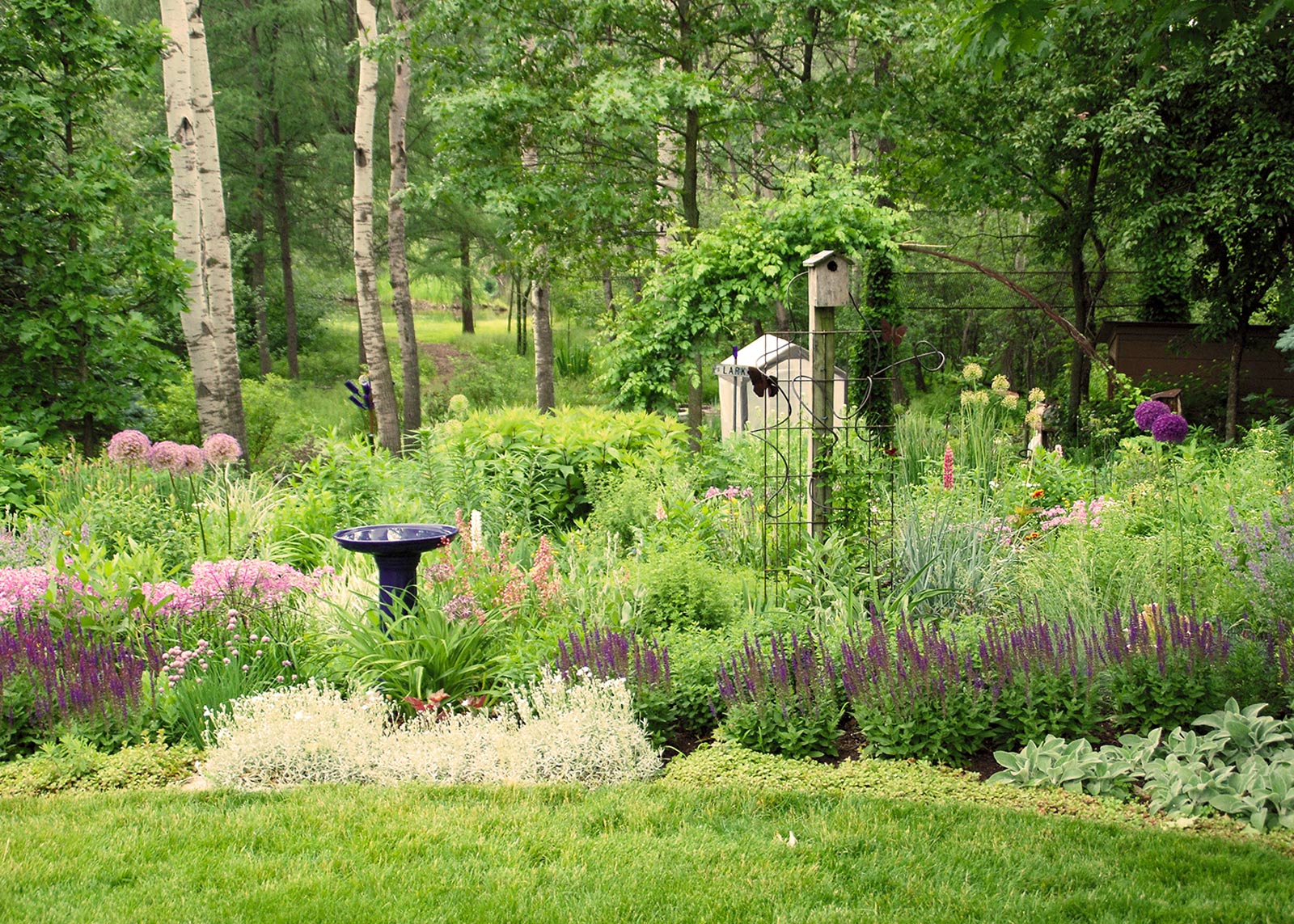Transform Your Garden into a Wildlife Haven, Easy Tips

Creating a Wildlife-Friendly Garden: Enhancing Biodiversity and Attracting Pollinators
Why Create a Wildlife-Friendly Garden?
Creating a wildlife-friendly garden goes beyond aesthetics; it's about fostering a sanctuary for the diverse creatures that inhabit our environment. By integrating specific plants, design elements, and habitats, you can transform your outdoor space into a thriving ecosystem that supports biodiversity and sustains life. Here’s how you can get started on your journey to cultivating a garden that welcomes and nurtures wildlife.
Easy Tips for Creating a Wildlife-Friendly Garden
Creating a garden that supports wildlife doesn’t have to be daunting. With a few simple steps, you can make a significant impact:
Choosing the Right Plants
Selecting native plants that provide nectar, pollen, and seeds is essential for attracting pollinators and creating habitats. Consider incorporating:
- Wildflowers: Ideal for pollinators, these can be planted along borders or as ground cover.
- Herbs: Varieties like lavender and mint not only attract pollinators but also serve culinary purposes.
- Trees and Shrubs: Species such as oak trees and hawthorn shrubs offer both shelter and food.
Creating Diverse Habitats
Wildlife thrives in environments that offer varied habitats. Incorporate:
- Open Spaces: Leave parts of your garden uncut to provide essential areas for pollinators.
- Sheltered Areas: Plant dense shrubs or trees to offer protection from the elements.
- Water Features: Simple additions like bird baths or small ponds provide crucial water sources.
Reducing Chemical Use
Opt for organic methods to control pests and fertilize your garden. Embrace practices like composting to enrich soil health naturally and attract beneficial organisms.
Providing Shelter and Food
Build birdhouses, plant fruit-bearing trees, and create brush piles using dead wood and leaves. These elements offer essential shelter and sustenance for wildlife throughout the seasons.
Garden Design for Wildlife
When designing your wildlife-friendly garden, keep these principles in mind:
Incorporate Native Plants
Native plants are adapted to local climates, making them hardier and more beneficial to local wildlife populations.
Create a Mosaic of Habitats
Mix different habitats like meadows, woodlands, and wetlands to mimic natural ecosystems and support diverse species.
Use Permeable Surfaces
Gravel paths and mulched areas allow water to penetrate the soil, reducing runoff and creating a more natural environment.
Avoid Over-Designing
Aim for a natural look with curved borders and irregular shapes to blend seamlessly into the surrounding landscape.
Wildlife-Friendly Plants
Certain plants play pivotal roles in attracting and sustaining wildlife populations:
- Nectar-Rich Plants: Examples include bee balm, lavender, and sunflowers, which are favorites among pollinators.
- Pollen-Rich Plants: Alfalfa, clover, and dandelions provide vital pollen sources for bees and other insects.
- Seed-Rich Plants: Sunflowers, coneflowers, and asters produce seeds that are essential for birds and small mammals.
Attracting Pollinators
Pollinators are crucial for plant reproduction and can be enticed to your garden through strategic planting and maintenance practices:
- Provide Nectar and Pollen: Plant a variety of nectar-rich and pollen-rich flowers to attract bees, butterflies, and hummingbirds.
- Create a Water Source: Ensure pollinators have access to water by incorporating features like bird baths or small ponds.
- Avoid Pesticides: Use natural pest control methods instead of harmful chemicals to protect pollinators and other beneficial insects.
Natural Garden Design
Mimicking natural ecosystems in your garden promotes sustainability and supports local wildlife populations:
- Use Natural Materials: Incorporate elements like wood, stone, and native soil to maintain a natural aesthetic.
- Avoid Straight Lines: Embrace organic shapes and curves to create a more natural-looking landscape.
- Incorporate Natural Elements: Integrate rocks, logs, and water features to enhance habitat diversity and appeal to wildlife.
Conclusion
Creating a wildlife-friendly garden not only enhances the beauty of your outdoor space but also plays a vital role in conserving biodiversity and supporting local ecosystems. By following these tips and embracing a natural garden design, you can establish a haven for wildlife while enjoying the sights and sounds of nature right outside your door.
For more detailed guidance on gardening for wildlife, visit the RSPB website and explore additional resources to further enrich your wildlife-friendly gardening efforts.
Frequently Asked Questions
What are some easy tips for creating a wildlife-friendly garden? Start by choosing the right plants, creating a variety of habitats, reducing chemical use, and providing shelter and food.
How can I attract pollinators to my garden? Provide nectar and pollen by planting nectar-rich and pollen-rich plants, create a water source, and avoid pesticides.
What are some wildlife-friendly plants I can use in my garden? Some examples include bee balm, lavender, sunflowers, alfalfa, clover, dandelions, sunflowers, coneflowers, and asters.
How can I create a natural garden? Use natural materials, avoid straight lines, and incorporate natural elements like rocks, logs, and water features.
What are some common mistakes to avoid when creating a wildlife-friendly garden? Avoid using pesticides, using non-native plants, and over-designing your garden. Keep it simple and natural-looking to attract and support wildlife.
0 Response to " Transform Your Garden into a Wildlife Haven, Easy Tips"
Post a Comment